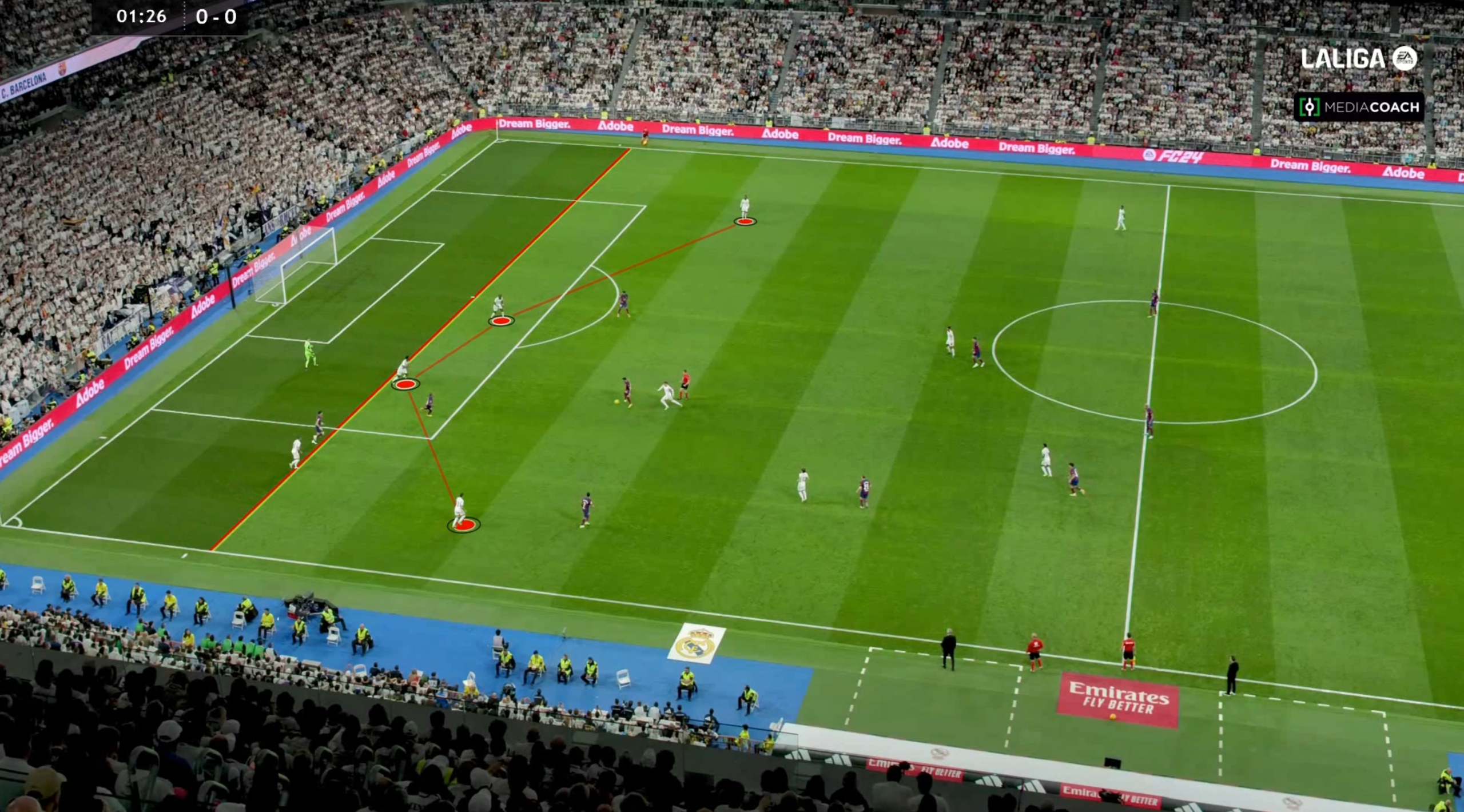
21 Jun Evaluating Defensive Performance Through Offensive Actions Allowed: A Novel Approach in Football Analytics
Abstract
In modern football analytics, traditional defensive metrics often fail to provide a comprehensive picture of a team’s defensive effectiveness. This study explores an innovative method to evaluate defensive performance by analyzing the offensive actions permitted to opponents. By normalizing these metrics to account for the time opponents spend in the attacking third, we aim to provide a more balanced and precise evaluation of defensive capabilities. This approach not only mitigates the imbalance between defensive and offensive metrics but also offers valuable insights into the strategic strengths and weaknesses of football teams.
Introduction
The assessment of defensive performance in football has traditionally relied on metrics such as tackles, interceptions, and clearances. However, these metrics can be skewed by various factors, including the overall possession and playing style of the team. To address these limitations, we propose a novel method that evaluates defensive effectiveness based on the offensive actions allowed to opponents. This study focuses on the 2023/24 LALIGA EA SPORTS season, providing a detailed analysis of how teams’ defensive performances can be better understood through this lens.
Methodology
Data Collection
The data for this study was collected from the 2023/24 LALIGA EA SPORTS season, encompassing all matches played by the 20 teams in the league. The metrics analyzed include:
- Passes completed in the attacking zone by opponents
- Possession in the final third by opponents
- Recoveries in the final third by opponents
- Crosses completed in open play by opponents
- High-impact offensive actions by opponents
Data Normalization
To ensure fair comparisons, the metrics were normalized by dividing each by the minutes of possession the opponents had in the attacking third. This normalization allows us to account for the actual time opponents spent in offensive situations, providing a more accurate measure of defensive permissiveness.
Results
Top 5 Teams Allowing the Fewest Offensive Actions by Opponents
Passes Completed in the Attacking Zone per Minute in the Attacking Third
- Opponents of UD Las Palmas: 4.37 passes/minute
- Opponents of Real Sociedad: 4.52 passes/minute
- Opponents of Getafe CF: 4.67 passes/minute
- Opponents of Rayo Vallecano: 4.72 passes/minute
- Opponents of Athletic Club: 4.81 passes/minute
Possession in the Final Third per Minute in the Attacking Third
- Opponents of Real Madrid: 0.0249 %/minute
- Opponents of Atlético de Madrid: 0.0257 %/minute
- Opponents of RC Celta: 0.0260 %/minute
- Opponents of Sevilla FC: 0.0273 %/minute
- Opponents of Real Betis: 0.0273 %/minute
Recoveries in the Final Third per Minute in the Attacking Third
- Opponents of Getafe CF: 0.30 recoveries/minute
- Opponents of Cádiz CF: 0.31 recoveries/minute
- Opponents of RCD Mallorca: 0.32 recoveries/minute
- Opponents of D. Alavés: 0.34 recoveries/minute
- Opponents of CA Osasuna: 0.37 recoveries/minute
It is important to note that the Top 5 recoveries in the final third by opponents are influenced by whether the team initiates play short or long. Opponents of teams that play long have fewer opportunities to recover in the final third because they cannot press the ball out.
Crosses Completed in Open Play per Minute in the Attacking Third
- Opponents of RCD Mallorca: 0.17 crosses/minute
- Opponents of D. Alavés: 0.17 crosses/minute
- Opponents of Granada CF: 0.19 crosses/minute
- Opponents of Atlético de Madrid: 0.19 crosses/minute
- Opponents of Real Sociedad: 0.20 crosses/minute
High-Impact Offensive Actions per Minute in the Attacking Third
- Opponents of Valencia CF: 0.83 actions/minute
- Opponents of RCD Mallorca: 0.84 actions/minute
- Opponents of Atlético de Madrid: 0.86 actions/minute
- Opponents of D. Alavés: 0.87 actions/minute
- Opponents of RC Celta: 0.88 actions/minute
Statistical Significance
Using ANOVA, we assessed the statistical significance of differences in the normalized metrics across four groups: Champions League teams, Europa League teams, mid-table teams, and relegation candidates. The results indicated that recoveries in the final third per minute in the attacking third were statistically significant (p-value < 0.05), highlighting real differences in how teams manage high pressure from their opponents.
Discussion
This novel approach to evaluating defensive performance offers several advantages:
- Balanced Evaluation: By focusing on offensive actions allowed, we provide a more balanced view of defensive capabilities.
- Contextual Adjustment: Normalizing by possession time in the attacking third mitigates the impact of different playing styles and possession strategies.
- Strategic Insights: Understanding the types of offensive actions allowed can help teams identify specific defensive weaknesses and improve their strategies.
However, it is important to recognize that this method, like any other, has limitations. Factors such as game context, team strategies, and individual player performance can influence the results. Therefore, it is essential to complement quantitative analysis with qualitative observations.
Conclusion
Evaluating defensive performance through the offensive actions allowed is an innovative and effective approach that provides deeper insights into team performance. By normalizing the data, we achieve a more accurate and balanced assessment, helping teams to identify areas for improvement and enhance their defensive strategies. This method holds potential for application in other sports, contributing to the broader field of sports analytics.


